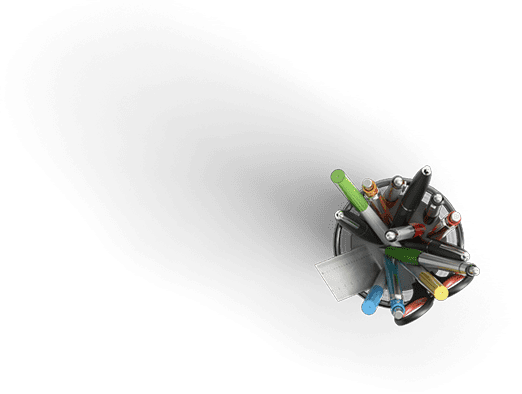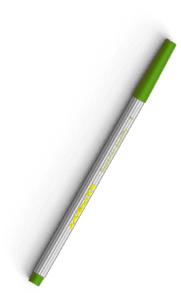Week 2 Discussion an 2 replies
Description
Chapter 3: Name some of the influences of punishment from both the political side and public side. Explain some bureaucracy and technology involved with punishment.
Chapter 4: Explain the retributive process and theory. Students will examine about harm and culpability involved with punishment. Name some of the impact associated with punishment.
Chapter 3
“The process of punishment is intricate and is influenced by both the public and political sides. Governments and legislative bodies, which make laws and determine their legal ramifications, have political influence over punishment. These laws frequently reflect public opinion, influenced by public media like newspapers, television, and the internet.
On the public side, how punishment is applied is significantly driven by public opinion. The media and the public’s opinion of the legal system’s effectiveness influence public opinion. For instance, the public may be less likely to support the laws and penalties enacted by the government if they believe the legal system needs to be fairer and more effective.
An important element of the penal system is bureaucracy. The police, who conduct investigations and detain people accused of committing crimes, and the court system, which hears cases and imposes penalties, are both parts of the bureaucracy responsible for enforcing punishment. Administrative functions, which are also required to guarantee that penalties are carried out promptly and effectively, are not directly related to the judicial procedure. These positions include those that monitor and oversee offenders in the community, such as correctional officers, probation officers, and parole officers.
Technology plays an important role in the process of punishing. The use of surveillance cameras, GPS tracking, and the internet has all contributed to increased punishment effectiveness. Police can observe criminal activities in public locations thanks to surveillance cameras, and they can also follow criminals’ whereabouts thanks to GPS and the internet. The use of technology has made it simpler for law enforcement to track criminals and guarantee that penalties are being meted out promptly and effectively.
To sum up, the punishment process is intricate and impacted by both the political and public spheres. Political sway comes from the governments and legislative bodies that draft laws, while public opinion is influenced by the media and how well the general public perceives the justice system. The police, courts, and administrative positions are all parts of the bureaucracy that dispenses punishment. Technology has also made it simpler for law enforcement to track criminals and ensure penalties are meted out promptly and effectively.
Chapter 4
The disciplinary process and theory are a form of punishment that is based on the concept of morality and justice (Enns & Ramirez, 2018). According to penal theory, when an individual has acted in a manner that violates the accepted moral standards of society, they are then subject to retribution or punishment. Retribution serves as a deterrent to criminal behavior, as it seeks to make the offender pay for their transgression and to restore the balance of justice (Enns & Ramirez, 2018).
Harm is one of the main ideas in retributive justice (Canton, 2020). When an offender commits a crime, it is thought they have harmed the victim, the neighborhood, and society. It is necessary to account for this injury, and the perpetrator must be made to answer for it. To do this, a punishment proportionate to the damage produced is imposed.
Culpability is another crucial idea in retributive justice (Canton, 2020). According to this idea, the perpetrator must be held accountable for their conduct and held responsibly. This implies that the punishment must be appropriate for the crime committed because it is not right to punish a criminal for a relatively small offense with a heavy sentence.
Punishment has an impact, both immediately and later. Criminal behavior is temporarily deterred by punishment. As evidenced by incarceration, offenders are less likely to commit crimes if they know they will be held accountable. Given a chance to learn from their sins and make contributions to society, long-term punishment can also be rehabilitative.
The philosophy and practice of discipline are a form of punishment based on justice and morality (Enns & Ramirez, 2018). Based on injury and guilt, retributive justice seeks to punish offenders to restore the balance of justice and deter future criminal behavior. Punishment has immediate and long-term consequences, the former serving as a deterrent to criminal behavior and the latter as a means of rehabilitation.”
References
Enns, P. K., & Ramirez, M. D. (2018). Privatizing punishment: Testing theories of public support for private prison and immigration detention facilities. Criminology, 56(3), 546-573.
Bob Canton. Why Punish? (2017). ISBN: 9781137449023

Have a similar assignment? "Place an order for your assignment and have exceptional work written by our team of experts, guaranteeing you A results."








